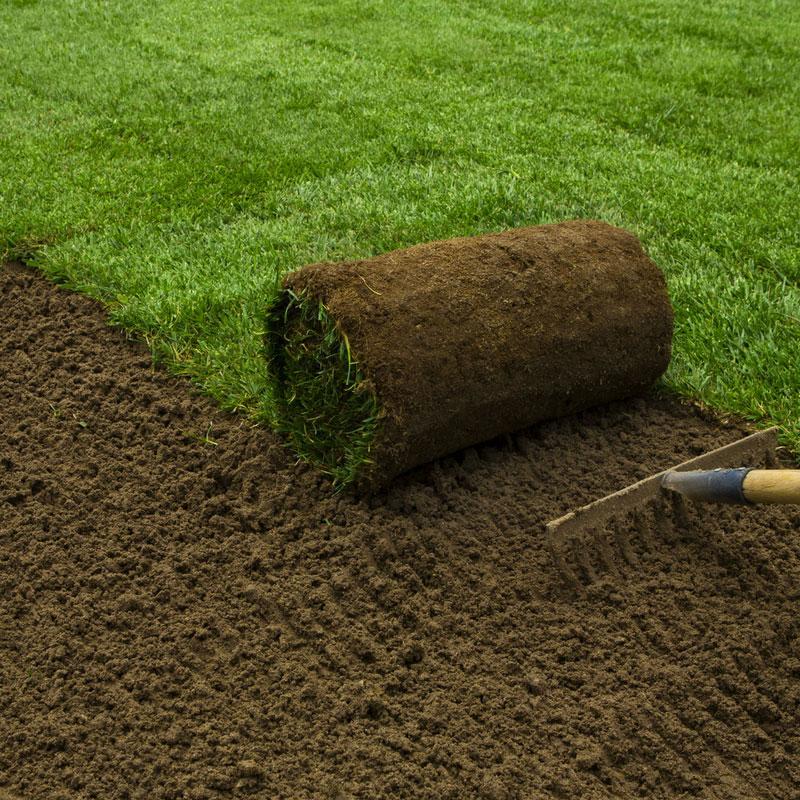
It’s time for a late summer tune-up of your lawn watering system. Your lawn should get a total of one inch of water each week including rain. If you have to water, apply ½ inch of water twice a week or one inch once a week. To measure the amount of water delivered by your system, put out jars or cans to catch the irrigation water. Adjust the length of time the system runs to deliver ½ inch or one inch of water.
Scout for insect and disease problems in your lawn. Pest problems to look for include grubs, sod webworms, chinch bugs and moles. Small holes dug in your lawn or brown patches of turf that lift easily off the soil surface are signs of grubs. Raised ridges about 5” wide indicate moles. Fungal diseases such as red thread, brown patch and leaf spot may cause discoloration or patches in your lawn. To help you diagnose your lawn problem, bring us a 6” square piece of sod with both healthy and diseased grass. We can suggest the proper control for your insect or disease problems.
With the warmer temperatures, weeds such as dandelions and crabgrass may become a nuisance. We have both liquid and granular products to control weeds in your lawn.
The best control for any lawn problem is a healthy lawn. The keys to a healthy lawn are a good fertilization program, proper watering and correct soil pH. Lime should be applied to your lawn once a year. If you are not sure how much to apply, we can test your soil for you or you can do it yourself with an easy-to-use test kit.




